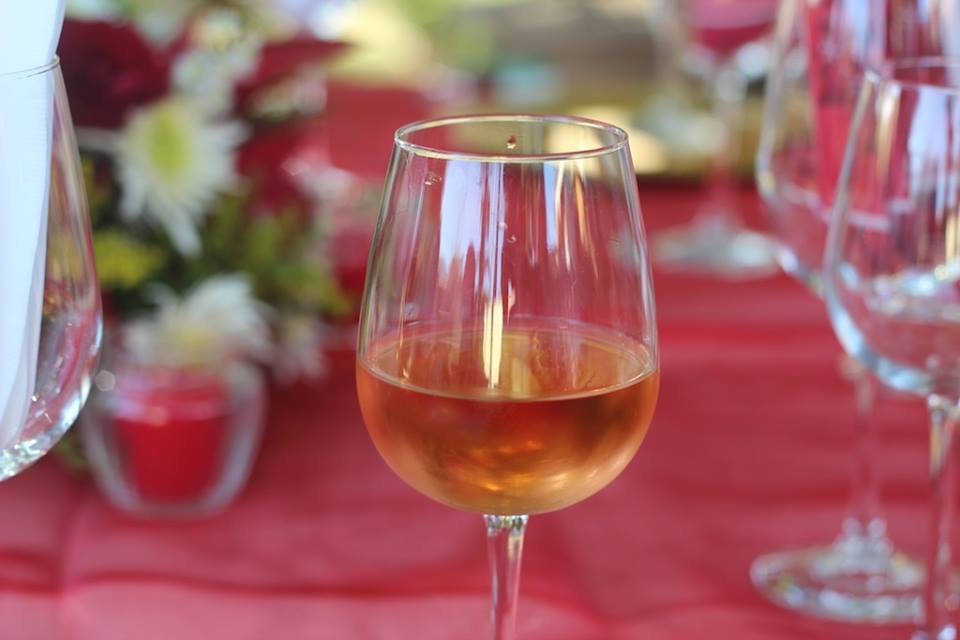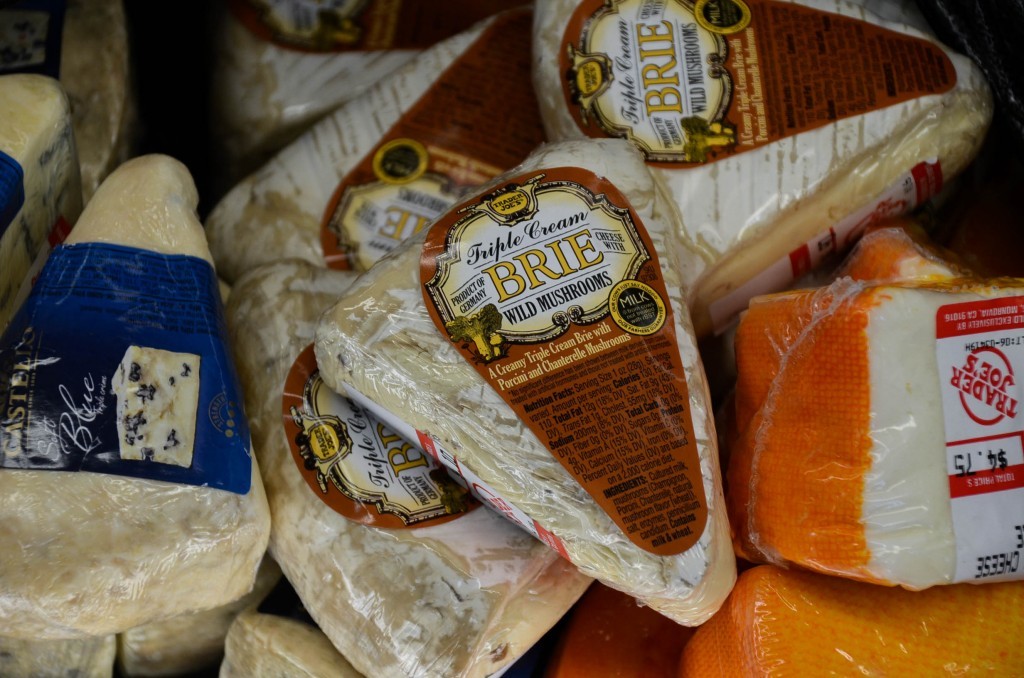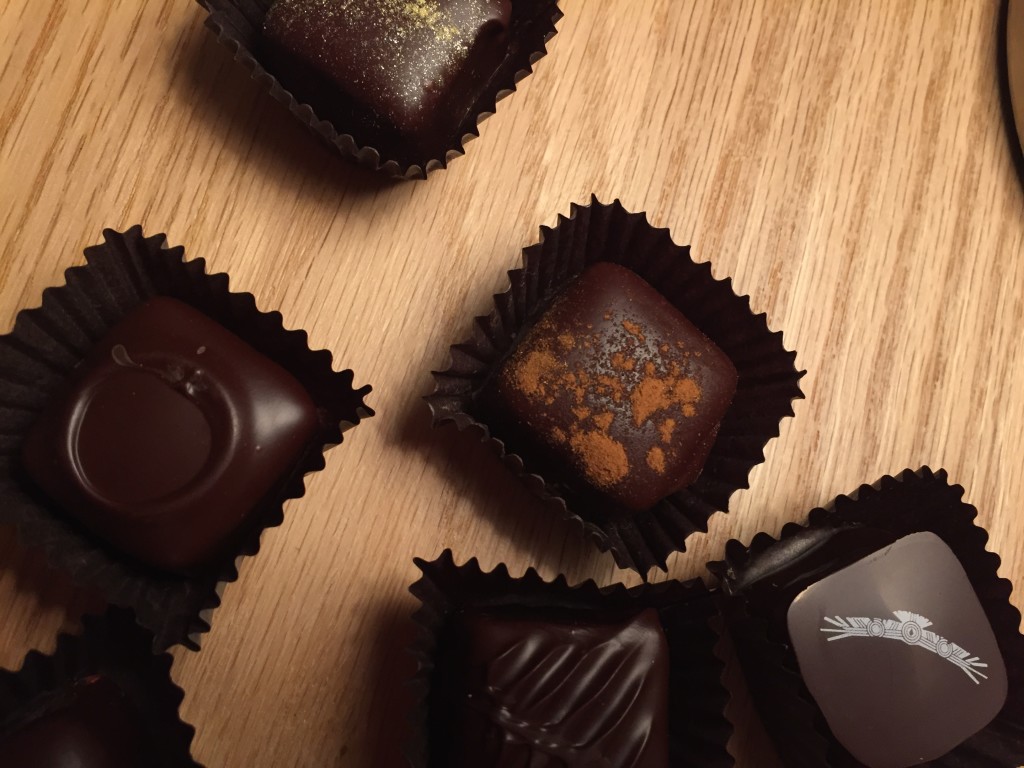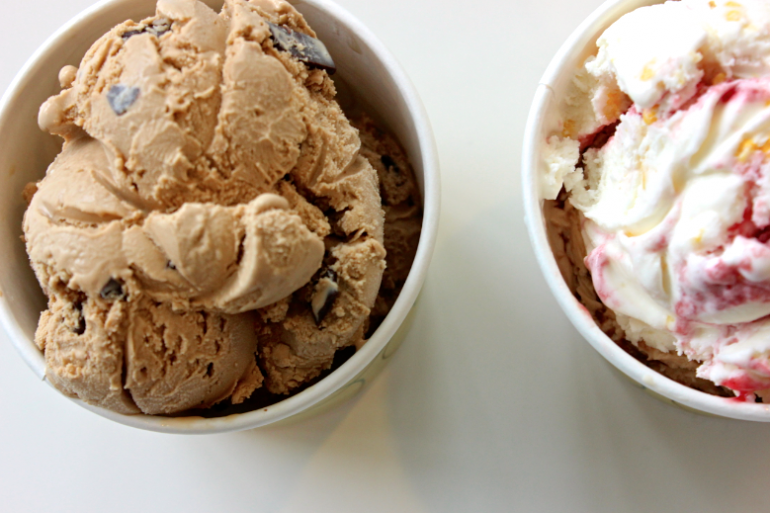When I was little, I watched an ice cream competition on TV. I remember sitting there hungry, drooling, and in awe. Instead of pigging out, the judges took their time. They weren’t just eating – they were participating in a special experience. Right then, I knew I’d found my new role models.
So, I did my research. I studied how to taste my food just like a professional taster. If you’re stuffing your face with these four foods with no regard for their subtleties, don’t fret. That used to be me, but now I know how to engage all my senses with the first bite. Bring on the flavors.
Wine

Photo by Steven Baboun
Wrong: Go crazy with Trader Joe’s Two-Buck Chuck deal, drink straight from the bottle, and then drink straight from the other bottle.
Right: The six key elements of wine – body, tannins, acidity, sweetness, aromas/flavors, and oak – should be your focus. Before your next wine tasting, try these exercises to familiarize your tastebuds and brain with those elements.
Once you’re fit and ready, be sure to get your glass ready, too. Conditioning your glass means letting it warm up a little and rinsing it out with wine (not water) if it looks musty.
Now for the famous swirl. Beginners should perform this step with the glass on the table to avoid a stain catastrophe. When you take a sip (with your pinky out, of course), pay attention to the forefront and subtle flavors – this aroma wheel might help.
Now, the next time you score some chocolate, ice cream, cheese, or wine, you’ll know exactly what to do to make your tastebuds scream with delight. You’re welcome, tastebuds.
Cheese

Photo by Jocelyn Hsu
Wrong: Break out the stale saltines in the pantry to go with your Kraft cheddar slices. Or, eat one of Babybel’s mini cheese wheels all in one bite.
Right: Examine your cheese and its rind. This can reveal the kind of milk used to make it – cow, goat, or sheep. While cow’s milk has a sweet and smooth flavor, goat milk delivers a tangy punch. Sheep milk has the highest fat content and is often described as nutty.
Before taking a taste, it’s important to warm the cheese in your palm. Why must you snuggle your cheddar? Well, cheese is comprised of fat, and thanks to science, we know that fat molecules contract when they’re cold. On the other hand, when they’re warm, they’re able to release every flavor and aroma.
Eating cheese also requires a bit of patience since the final taste (the “finish” if you want to be fancy) may not show up for 30 or so seconds.
Chocolate

Photo by Zoe Schneider
Wrong: Plop down on the couch, turn on the TV, and mindlessly pop one chocolate after another into your mouth.
Right: Arrange your chocolates by color, shape, or size. Contrary to popular belief, darker doesn’t always mean richer. The color may be representative of the beans’ characteristics. Perhaps your treat came from a Criollo or Forastero bean or the cross of those two – the Trinitario bean.
When you snap off a piece, listen to the sound. Since chocolate actually can go bad, it’s better to hear a sharp sound, which indicates fresher chocolate.
Don’t chew too fast or you’ll miss all the subtle flavors (e.g. floral, earthy, roasted) hidden in a piece of chocolate.
Ice Cream

Photo by Katherine Carroll
Wrong: Grab that container of Ben & Jerry’s you’ve been saving for a break up and stick a half-broken plastic spoon in it. Set a new personal record by finishing the whole pint in 27.4 seconds.
Right: Buy a gold spoon. Seriously. Professional ice cream tasters agree that using a designer gold spoon is the best way to go. Apparently, it gets rid of any unsolicited aftertaste that might hinder the tasting experience. However, if a gold spoon is out of your price range, it’s okay to settle for metal or even plastic. Just stay away from wood spoons since their flavor tends to linger.
While the perfect scooping temperature is zero degrees Fahrenheit, ice cream should be tasted at eight degrees Fahrenheit. This is an important step because your tastebuds are influenced by temperature.


